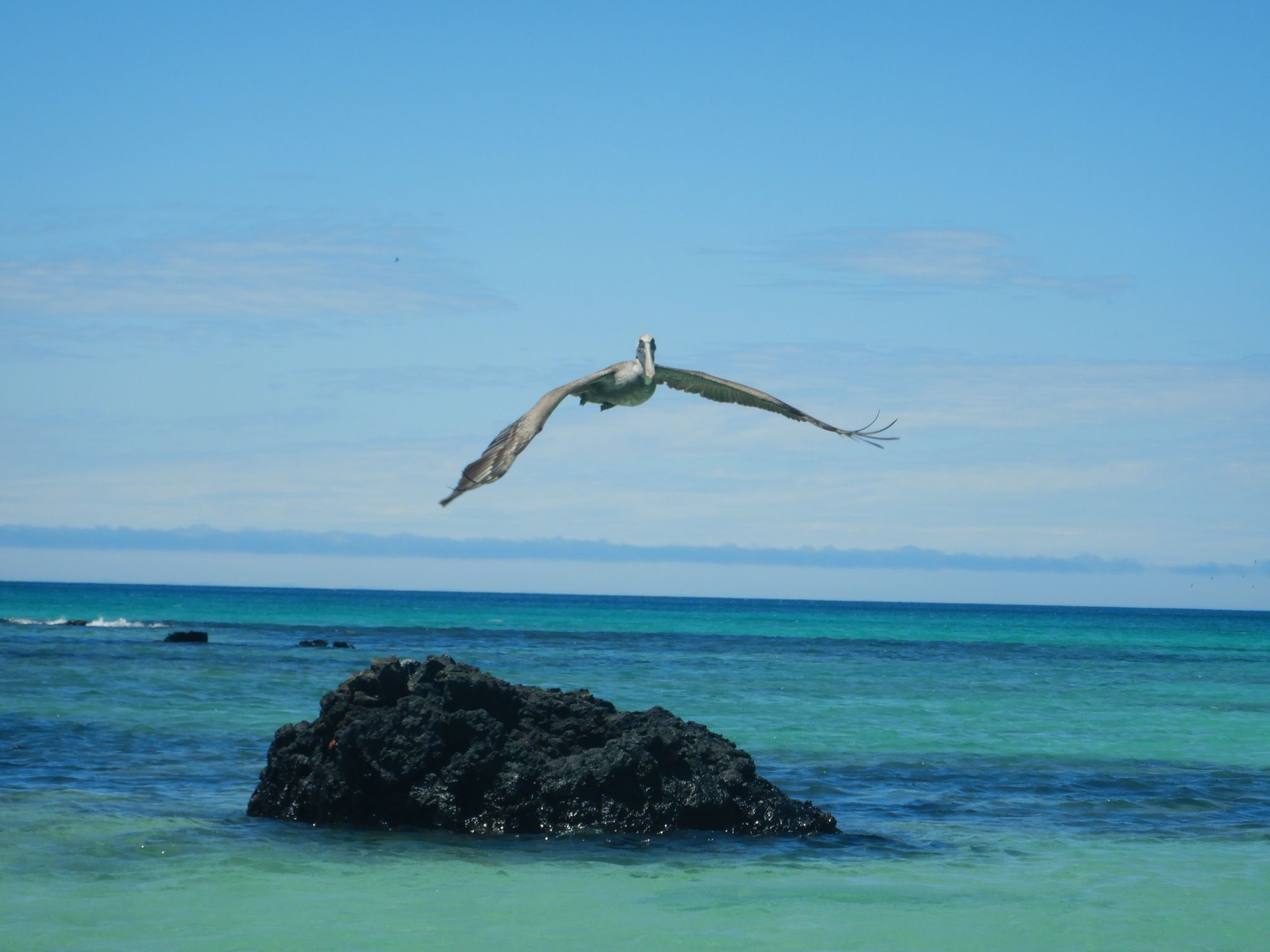Killer Seaweed Threat: The Extinction Crisis Facing Australia's Marine Life

Table of Contents
Identifying the Invasive Seaweed Species
Specific Seaweed Species & Their Origins
Several invasive seaweed species are wreaking havoc on Australia's coastlines. Two prime examples are Caulerpa taxifolia, often called "killer algae," and Undaria pinnatifida, also known as wakame seaweed. Caulerpa taxifolia, originally from the Mediterranean, is believed to have been introduced through aquarium releases or ballast water from ships. Undaria pinnatifida, native to Japan, likely arrived via shipping, clinging to vessel hulls or dispersed through ballast water.
- Key characteristics of Caulerpa taxifolia: Rapid growth, dense mats smothering native habitats, highly toxic to many marine organisms.
- Key characteristics of Undaria pinnatifida: Fast-growing, forms large underwater forests, outcompetes native seaweeds.
- Geographic areas most affected: Caulerpa taxifolia infestations have been reported in various locations around Australia, including New South Wales and Western Australia. Undaria pinnatifida is widespread along the southern coast of Australia, particularly in Tasmania and Victoria.
- Competitive advantages: These invasive seaweeds exhibit rapid growth rates and efficient nutrient uptake, enabling them to outcompete native species for resources, light, and space.
Devastating Impacts on Marine Biodiversity
Displacement of Native Species
The aggressive growth of invasive seaweed species leads to the displacement of native flora and fauna. These invasive seaweeds create dense mats that smother seagrass beds and coral reefs, reducing habitat availability for countless species.
- Affected native species: Numerous fish species, invertebrates such as abalone and sea urchins, and crucial seagrass meadows are severely impacted. The loss of seagrass, for instance, affects dugongs and other herbivores that rely on it for food.
- Disruption of food webs: The displacement of keystone species disrupts delicate food webs, leading to cascading effects throughout the ecosystem. The loss of native seaweeds can reduce grazing opportunities for herbivores, impacting predator populations further up the food chain.
- Scale of biodiversity loss: While precise figures are difficult to obtain, studies indicate significant declines in native species abundance and distribution in areas affected by invasive seaweed. This biodiversity loss threatens the overall health and resilience of Australia's marine ecosystems.
The Role of Climate Change in Exacerbating the Threat
Warmer Waters and Increased Spread
Climate change is significantly exacerbating the threat of invasive seaweed. Rising ocean temperatures and altered ocean currents create more favorable conditions for their growth and spread.
- Increased growth rates: Warmer waters accelerate the metabolic processes of invasive seaweeds, leading to faster growth and increased reproductive rates.
- Weakened ecosystem resilience: Climate change weakens the resilience of native ecosystems, making them more susceptible to invasions. Stressed environments are less able to resist the establishment and spread of invasive species.
- Synergistic effects: Climate change can interact synergistically with other stressors, such as pollution and habitat destruction, further amplifying the negative impacts of invasive seaweed.
Current Conservation and Mitigation Strategies
Methods of Control and Eradication
Controlling and eradicating invasive seaweed is challenging, requiring a multi-pronged approach.
- Manual removal: Physical removal of seaweed is effective on a small scale but is labor-intensive and costly, particularly for large infestations.
- Chemical treatments: Chemical herbicides can be used, but their use needs careful consideration due to potential impacts on non-target species.
- Biological control: Research is ongoing to identify and deploy biological control agents, such as seaweed-eating invertebrates, to manage invasive seaweed populations. This method is environmentally friendly and sustainable in the long run.
- Community involvement: Citizen science initiatives play a vital role in monitoring the spread of invasive seaweed and reporting new infestations.
The Economic Impact of Killer Seaweed
Impacts on Fisheries and Tourism
Invasive seaweed infestations have substantial economic consequences for Australia.
- Affected industries: Fisheries, particularly those targeting shellfish and finfish, experience reduced yields due to habitat loss and decreased target species abundance. Tourism, dependent on healthy coastal ecosystems, also suffers from the degradation of marine environments.
- Economic losses: The economic costs associated with invasive seaweed management, loss of fisheries revenue, and diminished tourism are significant and continue to grow.
- Sustainable management: Investing in effective management strategies is crucial to mitigate economic losses and ensure the long-term sustainability of these valuable industries.
Conclusion
Invasive seaweed poses a grave threat to Australia's marine biodiversity and economy. The rapid spread of these species, fueled by climate change, necessitates urgent and comprehensive conservation action. We need to bolster current control and eradication efforts, invest in research and development of new management strategies, and foster community participation in monitoring and reporting. Supporting organizations dedicated to protecting Australia's unique marine ecosystems is paramount. Let's work together to combat this killer seaweed crisis and safeguard the future of Australia’s precious marine environment. Only through concerted effort can we prevent further biodiversity loss and ensure the long-term health of our oceans. Join the fight against the killer seaweed threat!

Featured Posts
-
 See Gorillaz Play Their First Three Albums Upcoming London Concerts
May 30, 2025
See Gorillaz Play Their First Three Albums Upcoming London Concerts
May 30, 2025 -
 Brooke Shields Candid Memoir A Look At Relationships And Regrets
May 30, 2025
Brooke Shields Candid Memoir A Look At Relationships And Regrets
May 30, 2025 -
 Complete Guide To Air Jordan Releases In May 2025
May 30, 2025
Complete Guide To Air Jordan Releases In May 2025
May 30, 2025 -
 Tv Guide Metadoseis M Savvatoy 19 Aprilioy
May 30, 2025
Tv Guide Metadoseis M Savvatoy 19 Aprilioy
May 30, 2025 -
 Rozmowy Trumpa I Zelenskiego Co Wiemy Na Pewno
May 30, 2025
Rozmowy Trumpa I Zelenskiego Co Wiemy Na Pewno
May 30, 2025
Latest Posts
-
 Up To 30 Off Enjoy A Lavish Hotel Stay This Spring
May 31, 2025
Up To 30 Off Enjoy A Lavish Hotel Stay This Spring
May 31, 2025 -
 Book Now And Save 30 Off Lavish Spring Hotel Stays
May 31, 2025
Book Now And Save 30 Off Lavish Spring Hotel Stays
May 31, 2025 -
 The Reality Of Ai Navigating The Challenges Of Responsible Ai Development
May 31, 2025
The Reality Of Ai Navigating The Challenges Of Responsible Ai Development
May 31, 2025 -
 Luxury Hotel Spring Break 30 Off Your Stay
May 31, 2025
Luxury Hotel Spring Break 30 Off Your Stay
May 31, 2025 -
 Why Ai Doesnt Learn And How This Impacts Responsible Ai Practices
May 31, 2025
Why Ai Doesnt Learn And How This Impacts Responsible Ai Practices
May 31, 2025
